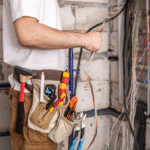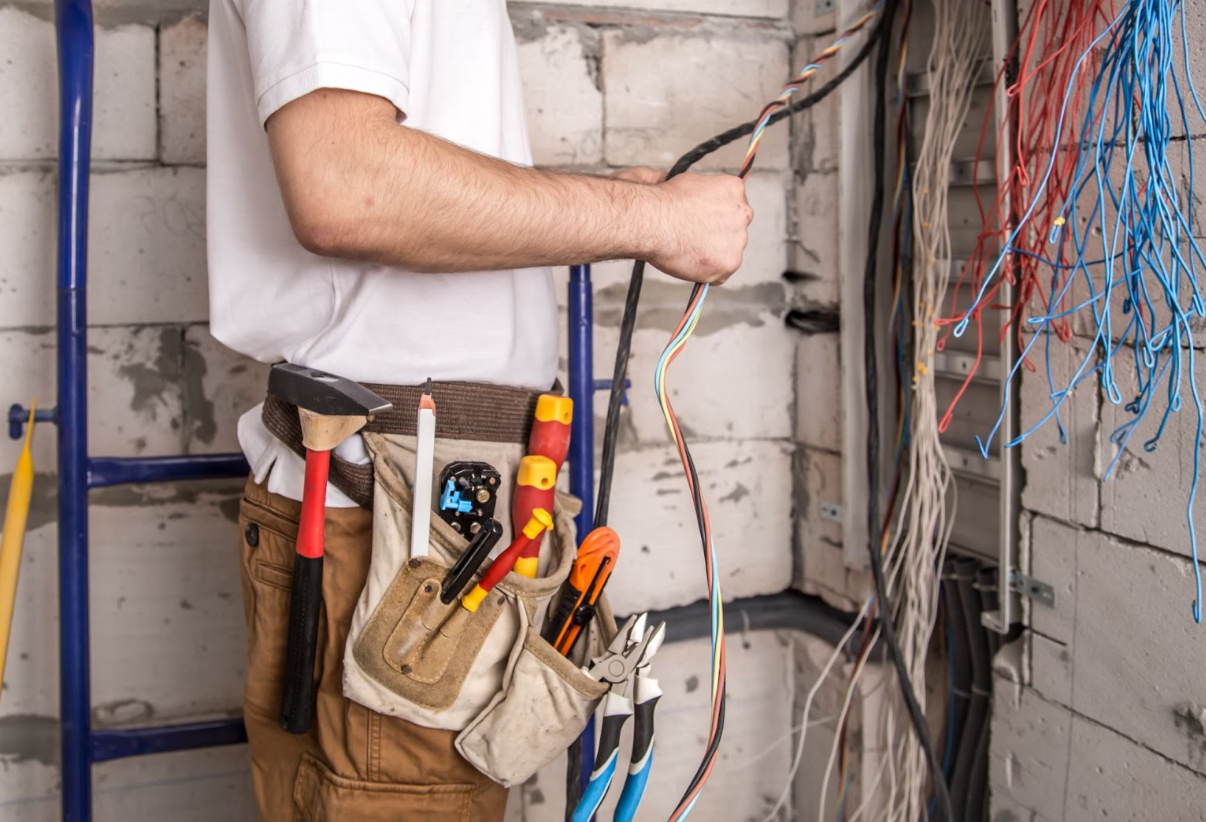Keeping little ones entertained doesn’t have to mean breaking the bank or harming the planet. With a bit of creativity and resourcefulness, you can provide hours of engaging fun whilst teaching children valuable lessons about sustainability and making the most of what we have. Here are some brilliant eco-friendly activities that will keep your children happy, occupied, and environmentally conscious.
Nature’s Free Playground
The great outdoors offers endless entertainment for curious young minds, and it’s completely free! A simple walk to your local park, woodland, or even around the neighbourhood can become an exciting adventure with the right approach.
Create nature scavenger hunts by asking children to find specific leaves, interesting stones, or different coloured flowers. This encourages observation skills whilst connecting them with the natural world. Collecting fallen twigs, leaves, and pebbles provides materials for countless craft projects back home.
Rock painting has become incredibly popular, and for good reason. Children can paint collected stones with water-based paints to create story characters, garden decorations, or gifts for family members. Once dry, these painted rocks can be hidden around your local area for others to discover, spreading joy throughout your community.
Building dens from fallen branches and leaves sparks imagination and problem-solving skills. Whether in your garden or a local green space, these temporary structures provide hours of role-play opportunities without any environmental impact.
Kitchen Adventures and Edible Fun
Your kitchen holds tremendous potential for educational entertainment that doesn’t cost the earth—quite literally! Cooking with children teaches valuable life skills whilst creating delicious treats together.
Baking simple recipes like fairy cakes or biscuits using basic ingredients you likely already have provides mathematical learning through measuring, along with the satisfaction of creating something tasty. Let children decorate their creations with natural ingredients like berries or honey rather than artificial decorations.
Growing herbs or vegetables from seeds offers long-term engagement and teaches responsibility. Cress grows quickly on damp kitchen roll, providing almost instant gratification, whilst cherry tomatoes or beans can be grown in yoghurt pots on windowsills. Children love watching their plants develop and eventually eating what they’ve grown.
Creating natural playdough using flour, salt, water, and food colouring provides sensory play without the environmental impact of shop-bought alternatives. Add essential oils for lovely scents or spices for different textures and colours.
If you are fostering, use your foster payments to purchase kitchen cupboard essentials so you always have the necessary ingredients for a baking session.
Creative Recycling Projects
Before sending items to the recycling bin, consider their potential for creative play. Empty cardboard boxes are particularly valuable—they can become spaceships, castles, cars, or puppet theatres with minimal decoration using materials you already have.
Toilet roll tubes transform into binoculars, rockets, or marble runs when taped together. Kitchen roll tubes make excellent telescopes or rain sticks when filled with rice or dried beans. These simple transformations cost nothing but provide genuine entertainment value.
Egg boxes become perfect painting palettes, ice cube trays, or sorting containers for small collections. Cut them up to create flower shapes for craft projects or use them as seed starting trays for your windowsill garden.
Old magazines and newspapers provide materials for collages, papier-mâché projects, or homemade wrapping paper. Children can cut out pictures to create story boards or use them for educational games like finding specific colours or letters.
Water Play without Waste
Water activities are always popular with children, but they needn’t waste precious resources. Set up water play in your garden using washing-up bowls, measuring jugs, and containers you already own. Children can wash their toys, “cook” mud pies, or simply enjoy pouring and measuring.
Create a car wash station for bikes, scooters, or toy vehicles using collected rainwater. This combines play with practical cleaning whilst teaching water conservation. The runoff water can then be used for watering plants, creating a complete cycle.
Ice play provides fascinating sensory experiences, especially during warmer weather. Freeze small toys in ice cubes or create coloured ice using natural food colouring. Children can experiment with melting these creations using warm water, salt, or simply patience.
Arts and Crafts from Scratch
Making art materials from household items proves more engaging than using shop-bought supplies. Create paint brushes from twigs and leaves, or sponge stamps from old cleaning sponges cut into shapes.
Natural dyes made from fruits and vegetables provide beautiful colours for fabric or paper crafts. Beetroot creates stunning pink, turmeric gives bright yellow, and red cabbage produces surprising blue and purple hues. This introduces children to science concepts whilst creating unique artworks.
Pressed flower art requires only heavy books and patience. Children can collect flowers and leaves, press them between book pages, then use them weeks later for greeting cards or bookmarks. This teaches delayed gratification whilst preserving natural beauty.
Active Indoor Entertainment
Rainy days needn’t mean expensive entertainment venues. Create obstacle courses using cushions, chairs, and household items. These develop physical skills whilst burning energy in small spaces.
Dance parties using free streaming services or radio provide excellent exercise and mood-boosting fun. Create simple musical instruments by using wooden spoons for drumsticks, or rubber bands stretched over tissue boxes for guitars.
Indoor treasure hunts using written clues or picture cards for non-readers create excitement and problem-solving challenges. Hide small treats or toys you already own around your home for prizes.
Building Memories, Not Debt
The most valuable aspect of these activities isn’t their low cost or environmental friendliness—it’s the time spent together creating memories. Children remember experiences and attention far longer than expensive toys or outings.
These sustainable activities also teach important values about resourcefulness, creativity, and environmental responsibility. When children learn to find joy in simple pleasures and see potential in everyday objects, they develop skills that will serve them throughout their lives.
By choosing earth-friendly entertainment, you’re not only protecting your wallet and the environment—you’re raising children who understand that happiness doesn’t come from consuming but from creating, exploring, and connecting with the world around them. The best childhood memories often come from the simplest moments, and these activities provide plenty of opportunities for magical, meaningful experiences that truly don’t cost the earth.


